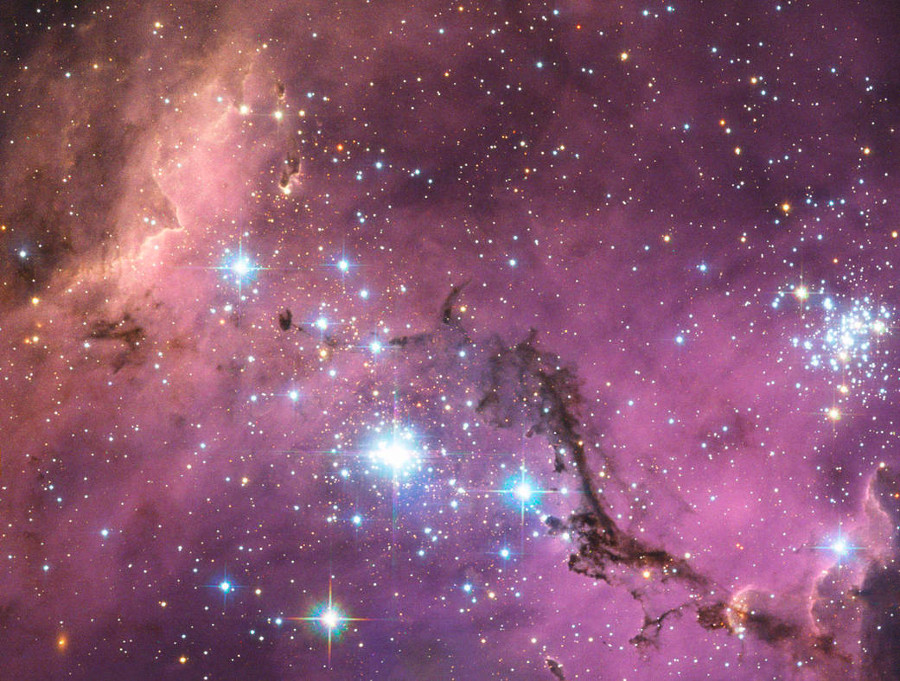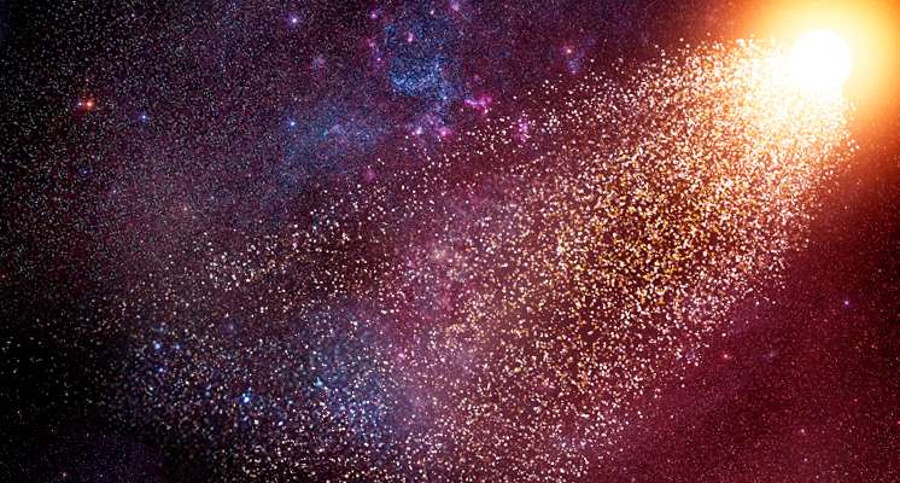Researchers from the University of Cambridge discovered that a group of fast stars in the Milky Way are escapees from their original galaxy. Apparently, they come from the Large Magellanic Cloud (LMC), a dwarf system that orbits our home galaxy.
The results of the analysis will become public on Wednesday during the National Astronomy Meeting in Hull, published in the Monthly Notices of the Royal Astronomical Society journal.

Astronomers believe that all of the stars in question, known as “hypervelocity stars,” may have come from the LMC, although there might be others to discover. So far, researchers know of about 20 of these fast-moving bodies.
Slingshotted from their home galaxy
Most of these stars are at the Milky Way’s northern hemisphere, but researchers are yet to survey the southern hemisphere. They wondered why these stars were faster than others and if it had something to do with most of them being close from each other, as many resided in the Leo and Sextans constellations.
Lead researcher Douglas Boubert did not settle with existing theories explaining the origin of hypervelocity stars. They were first observed in 2005 when a star was registered to move three million kilometers per hour. Apparently, 80 million years ago, it was somehow ejected from its galaxy’s supermassive black hole gravitational pull.
Boubert suggests that hypervelocity stars come from binary systems, where two stars orbit each other at a faster rate depending on how close they are. If one of the two grows into a supernova and explodes, it should launch the other star at a tremendous speed in a certain direction, thus becoming a runaway star. Boubert also explains that these stars cannot originate in the Milky Way because they are not yet fast enough for the binary system to explode; instead, both stars tend to merge into one.

The new theory leads to the LMC, a fast-spinning and relatively large galaxy orbiting the Milky Way. Because it is ten times less massive than our home galaxy, the LMC’s stars can escape more easily. After performing computer simulations using data from the Sloan Digital Sky Survey, Boubert and his team discovered that the Milky Way’s hypervelocity stars must have come from the Large Magellanic Cloud. They compare the event to an object being shot out of a speeding train.
“We are the first to simulate the ejection of runaway stars from the LMC – we predict that there are 10,000 runaways spread across the sky. We’ll know soon enough whether we’re right. The European Space Agency’s Gaia satellite will report data on billions of stars next year, and there should be a trail of hypervelocity stars across the sky between the Leo and Sextans constellations in the North and the LMC in the South,” stated Boubert according to Phys.org.
According to their calculations, the authors suggest that should be about one million runaway neutron stars and black holes in the Milky Way.
Source: Monthly Notices of the Royal Astronomical Society
